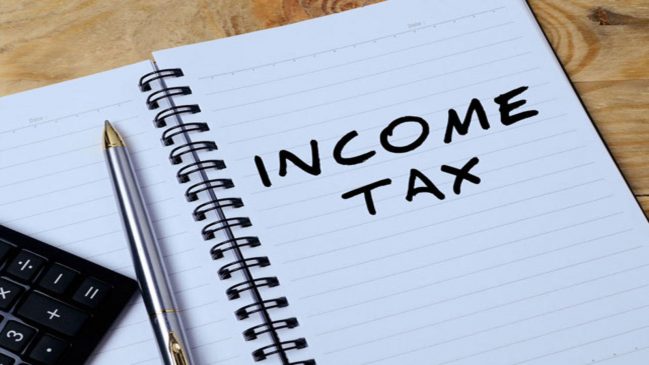The government is planning to raise the income threshold for tax liability from the current Rs 3 lakh to Rs 5 lakh
Budget 2024: The government is reportedly considering measures involving potential reductions in personal income tax rates. The move is aimed at bolstering the country’s GDP growth by stimulating consumption amidst subdued spending levels among the middle class.
According to a report by Moneycontrol, citing government sources, the discussion on boosting consumption has arisen due to the country experiencing a decline in private consumption growth, which stands at approximately 4 percent — the lowest in 20 years excluding the pandemic year. This is in contrast to a robust GDP growth rate of 8.2 percent in FY24, outperforming global benchmarks.
Read More: Income Tax Refund Not Received Yet? Here’s What You Must Know
Tax Limit To Rs 5 Lakh
According to one official, the government is planning to raise the income threshold for tax liability from the current Rs 3 lakh to Rs 5 lakh in the forthcoming budget, expected to be unveiled in mid-July.
This adjustment is intended exclusively for taxpayers under the new regime, aiming to increase disposable income, especially among lower-income groups.
According to the report, a definitive decision on this matter will be made closer to the budget presentation.
According to another official speaking to Moneycontrol, the Centre is unlikely to consider industry requests to decrease the highest individual income tax slab rate under the new tax regime from 30 percent to 25 percent.
“Changes in higher income tax slabs are unlikely because consumption boost is currently needed for lower-income people,” the official added.
The government might hold off on raising the tax bracket for the highest rate (currently 30% on income above Rs 10 lakh). This could be a nudge for taxpayers to switch to the new system, which has lower rates but fewer deductions.
Read More: Income tax return: Should you file ITR if your income is less than ₹7 lakh?
Those who earn more than Rs 15 lakh a year fall under the highest 30-percent tax bracket in the new tax regime, while under the older regime the highest slab kicks in for earnings above Rs 10 lakh itself.
According to another official, the Centre is focusing on potentially reducing personal income tax rates instead of significantly increasing expenditure on subsidies and other schemes, which are often susceptible to inefficiencies.
“Tax rate cuts are a better way to boost consumption in the economy rather than splurging on welfare schemes given that such programmes are impacted by leakages to an extent, thereby leading to a situation where the benefit of the scheme sometimes fails to entirely reach those who need it the most,” this official told Moneycontrol.
Recently, CII President Sanjiv Puri also highlighted that income tax relief for the people in the lowest slab may need to be considered in the upcoming full Budget considering the high levels of inflation
In an interview with PTI, he said, “What we are suggesting is that the process of simplification should continue. There are certain suggestions relating to capital gains, which are different for different instruments. Can it be rationalised?” Puri further said there are some operational difficulties in TDS (tax deducted at source) and multiplicity of rates and CII would prefer simplification of these.
“…over a period of time as far as customs is concerned, we should move to a three-tier structure, primarily at the lowest level, intermediates in between and then the finished goods and all over a period of time should be moderate rates with some exclusions, as deemed appropriate,” he added.
Read More: ITR Filing 2024: Who Is Not Eligible To File ITR-1 For AY 2024-25? Check Details
In the 2020 budget, taxpayers were given a choice between two options:
- Sticking with the existing tax system, which offered lower tax bills through specific investments and deductions.
- Opting for a brand new system with lower tax rates overall, but with fewer opportunities to reduce their taxable income.
The old tax system lets you deduct expenses from your income for investments made under specific sections (like 80C). You can also claim exemptions for things like house rent allowance (HRA) and leave travel allowance (LTA).
Under the old regime, Income tax exemption limit is applicable on income up to Rs 2.5 lakh for individuals whereas under the new regime, the exemption limit is on income up to Rs 3 lakh.





































